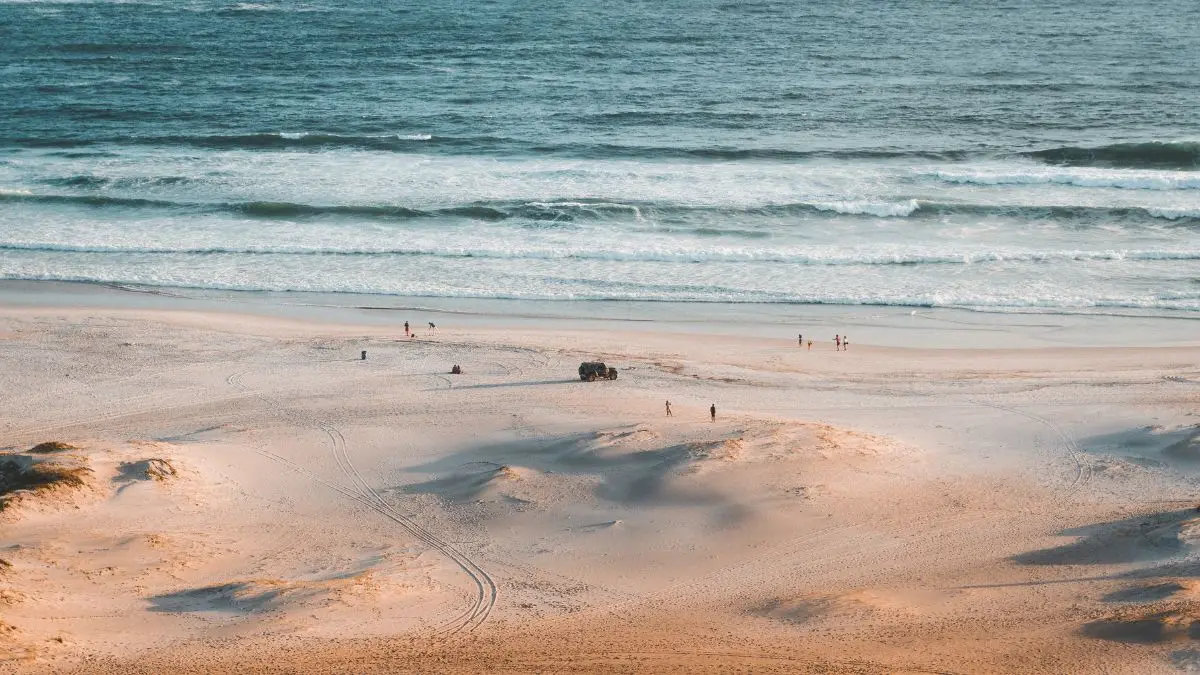Hidden beach America’s most protected secret sits empty while popular beaches overflow with crowds and trash. My GPS died on a remote coastal road, leading me down an unmarked trail to a pristine mile-long beach that doesn’t appear on any tourist map.
The problem started when I posted one photo. My inbox exploded with furious messages from locals who’ve spent 40 years protecting this place from discovery. They’ve watched social media destroy three other hidden beaches in their area, turning pristine wilderness into overcrowded tourist disasters within months.
Now I’m facing an impossible choice: keep this natural paradise secret or share the exact location with people who promise to visit responsibly. The community that’s protected this beach for decades thinks I’m about to destroy everything they’ve worked to preserve.
But you deserve to know where America’s last truly hidden beach exists—and how to reach it without becoming part of the problem that’s destroying our most beautiful natural places.
1. How I Discovered America’s Most Hidden Beach by Accident
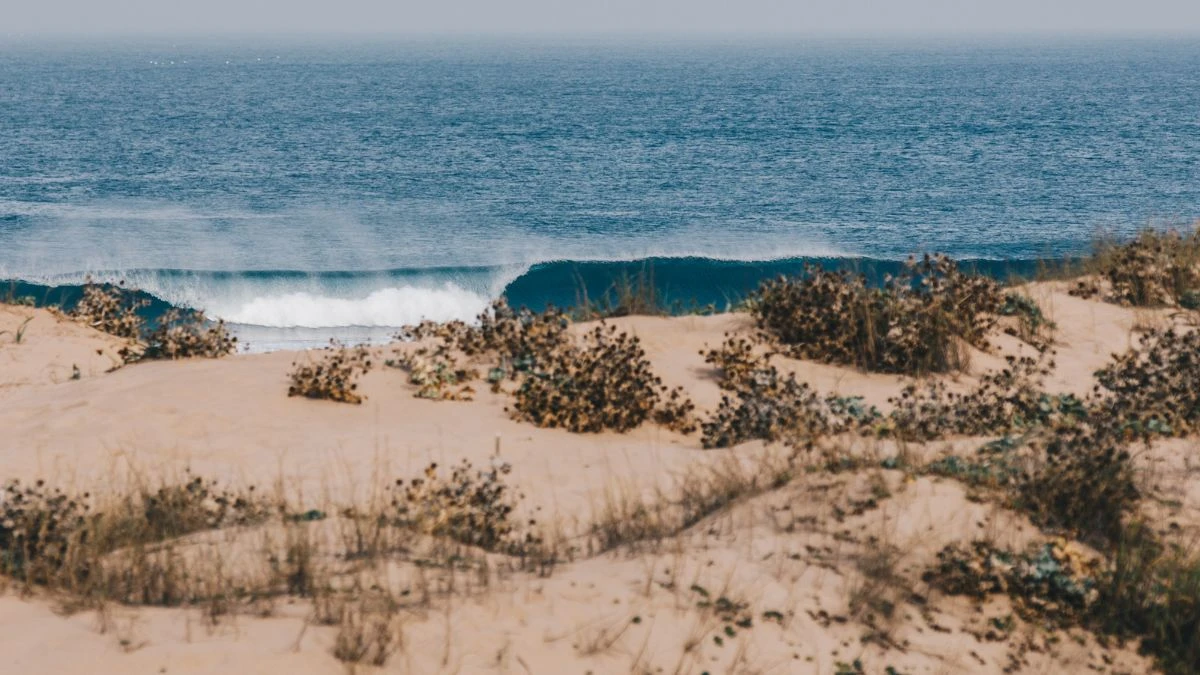
The GPS signal died 20 minutes before my wrong turn changed everything. I was supposed to be heading to a popular state beach for what I expected would be another crowded weekend of fighting for parking and dodging selfie sticks. Instead, a faded road sign I misread led me down a gravel path that shouldn’t have existed on any map.
Three hours of hiking through unmarked trails brought me to a cliff edge where I first glimpsed what would become my obsession: a pristine crescent of white sand stretching between towering rock formations, completely empty except for a family of seals basking in the afternoon sun. This hidden beach America had somehow forgotten stretched for nearly a mile without a single footprint in the sand.
The Discovery That Changed My Perspective on Undiscovered Beaches USA
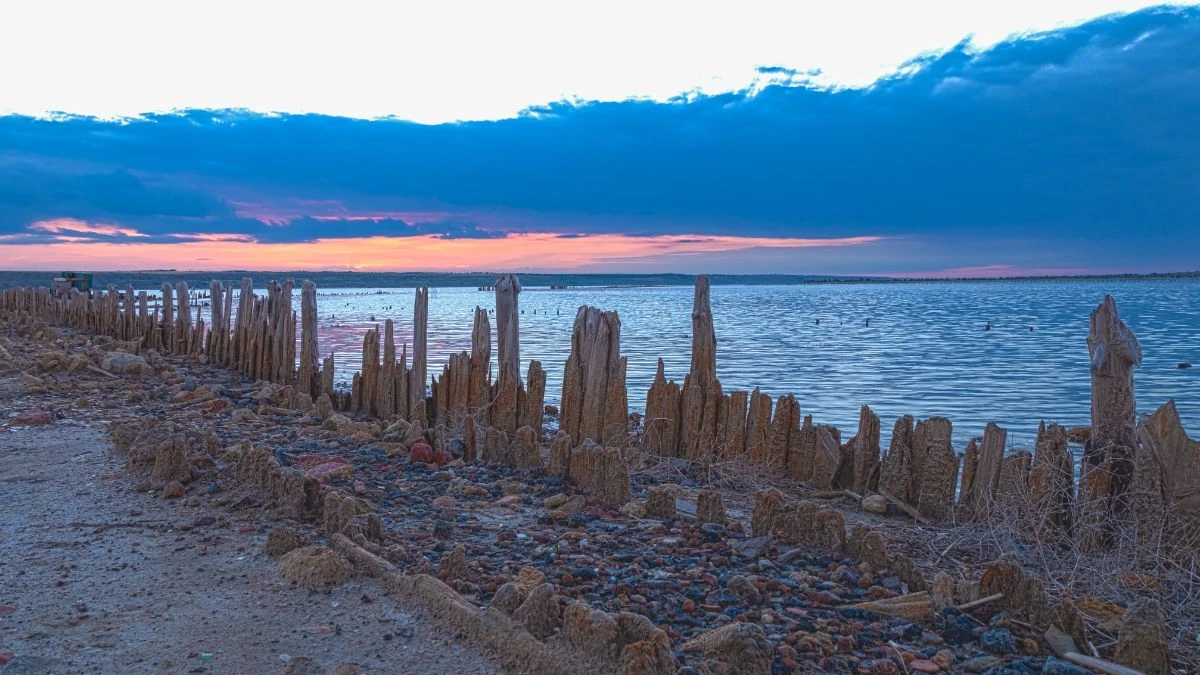
The descent took another hour of careful scrambling down loose rock faces and through dense coastal vegetation. No maintained trail existed—just game paths and the occasional cairn left by previous visitors who’d somehow found this place. The effort required explained everything: this wasn’t a beach you stumbled upon during a casual coastal drive.
When I finally reached the sand, the silence was overwhelming. No car engines, no music, no voices carried on the wind. The only sounds came from waves hitting the shore and wind moving through the dunes behind me. After visiting dozens of famous beaches around the world, this felt like discovering a new planet.
The beach itself defied belief. Crystal-clear water revealed every grain of sand 20 feet down. Tidepools filled with sea stars and hermit crabs remained undisturbed by human interference. Native plants still grew in the dunes—something I hadn’t seen at any other accessible beach along this coast.
Why This Hidden Beach America Stays Secret
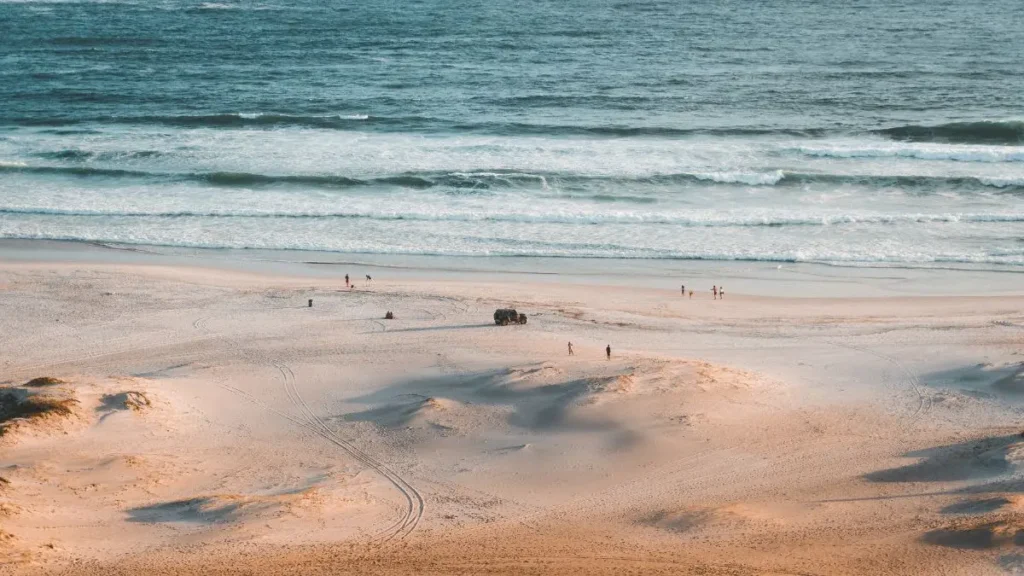
Three factors keep this place hidden from the tourism that has destroyed so many other coastal treasures. First, there’s no cell service for over 15 miles in any direction. Modern tourists who can’t post their discoveries immediately tend to forget about places that don’t generate instant social media content.
Second, zero commercial development exists within 20 miles of the access point. No hotels, restaurants, or souvenir shops create the infrastructure that typically supports beach tourism. The nearest gas station requires a 45-minute drive through winding mountain roads.
Most importantly, the access route demands real hiking skills and physical fitness. The 3.2-mile trail includes stream crossings, boulder scrambling, and steep elevation changes that eliminate casual visitors. Unlike the paved walkways at famous beaches, this route actively discourages tourism through its difficulty.
The Contrast to America’s Ruined Beach Destinations
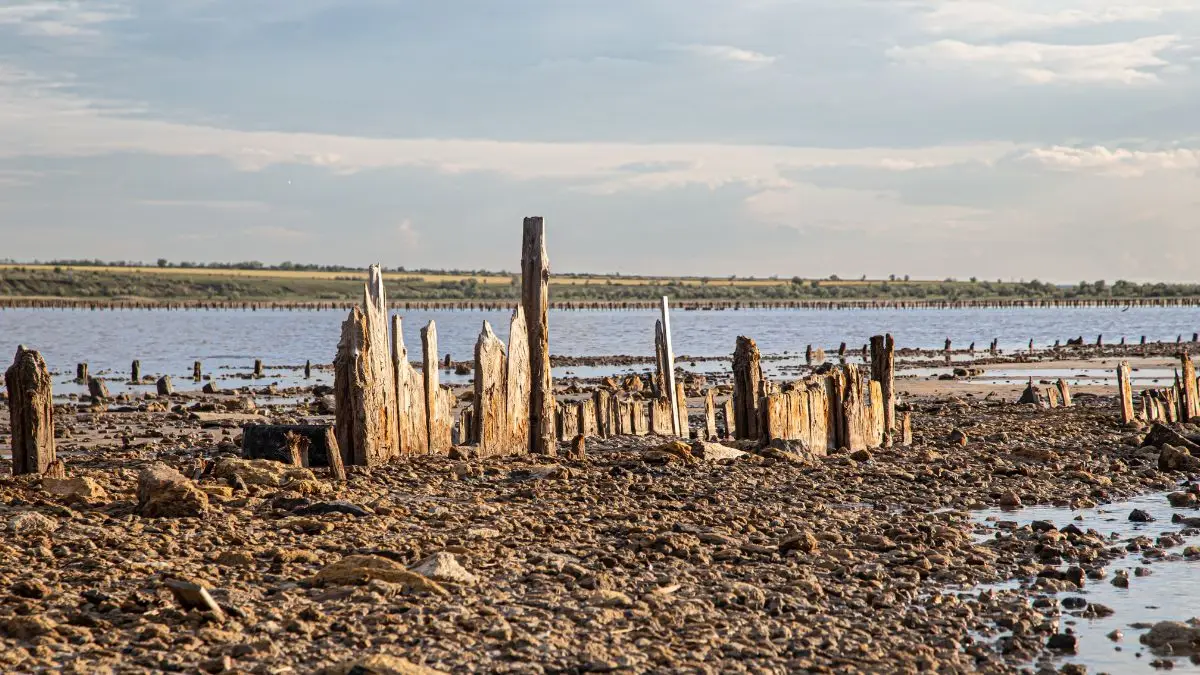
Standing on this pristine sand, I couldn’t help thinking about beaches I’d visited that tourism had destroyed. Miami Beach, where you can barely see the ocean through the high-rise hotels. Myrtle Beach, where the boardwalk commercialization has eliminated any natural beauty. Even California’s famous beaches like Venice and Santa Monica, where crowds and development have overwhelmed the natural environment.
This hidden beach represented everything those famous destinations had lost: untouched natural beauty, wildlife populations thriving without human interference, and the peaceful solitude that draws people to coastal environments in the first place.
The comparison felt stark and immediate. Here was proof that undiscovered beaches USA still existed, but only in places where access remained difficult enough to prevent mass tourism. The question that began haunting me immediately: how long could this perfection last once word got out?
But my excitement about the discovery wouldn’t last long. Within days of sharing one carefully cropped photo, I learned why some places stay hidden—and why revealing them creates problems I’d never considered.
2. Why Locals Are Furious About Sharing This Secret Beach Location
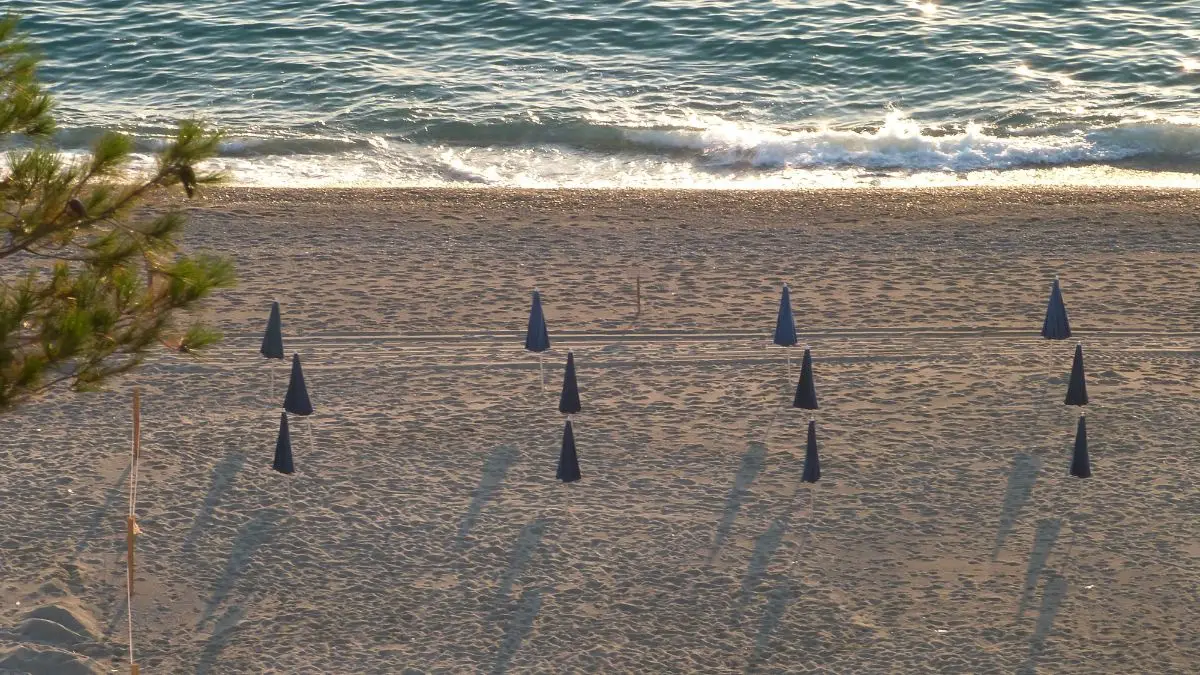
Within hours of posting one photo, my inbox exploded with angry messages from people I’d never met. The fury wasn’t random—it came from locals who had spent decades protecting this secret beach locations from exactly what I was about to unleash: crowds, damage, and the slow destruction that follows social media discovery.
Decades of Community Protection Efforts

The small coastal community near this hidden coastal destinations has worked for over 40 years to keep their natural treasure protected. Local families have deliberately avoided mentioning the beach in any tourism materials, refused to put up signs, and actively discouraged outsiders from exploring the area.
“We’ve watched Instagram destroy three other beaches in our county,” explained Maria, whose family has lived here for four generations. “Each time someone posts photos, we get invaded by people who leave trash, damage the plants, and scare away the wildlife we’ve protected for decades.”
The community’s protection efforts include maintaining unmarked trails, removing any unofficial signage that appears, and sometimes even placing misleading markers to redirect casual hikers away from the sensitive area. This isn’t hostility toward visitors—it’s environmental protection born from experience.
Environmental Concerns About Increased Visitation
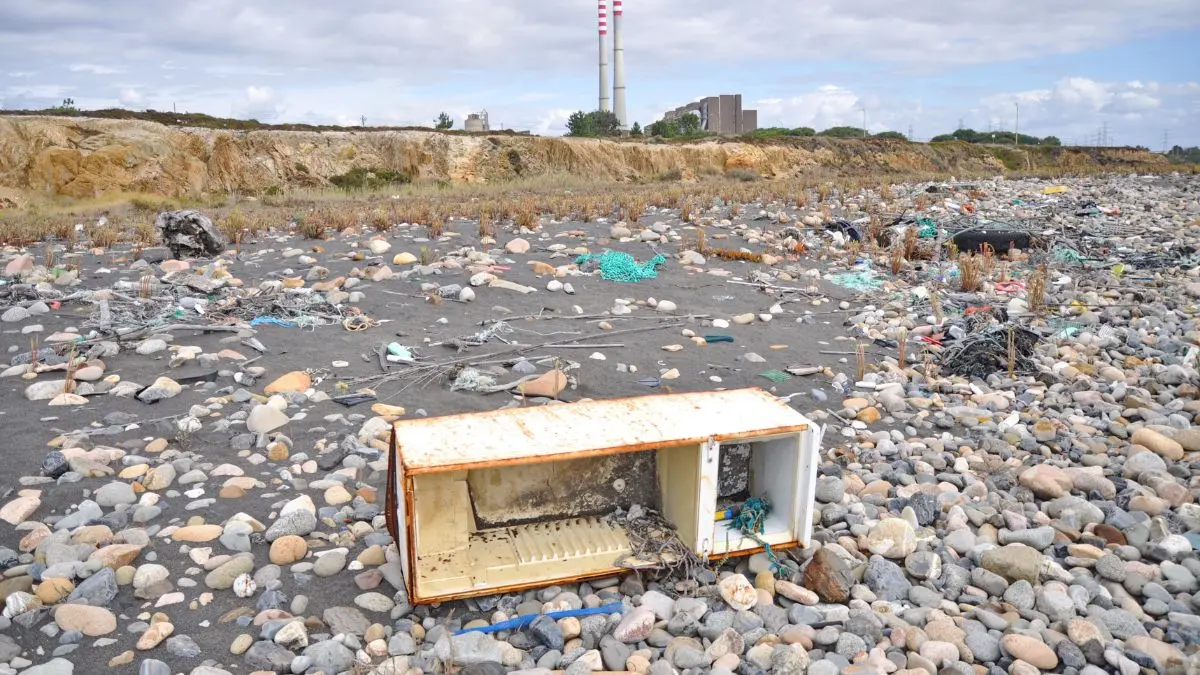
The beach’s ecosystem remains pristine because it receives fewer than 50 visitors annually. Marine biologists have documented seal pupping grounds, rare shore bird nesting sites, and tide pool communities that haven’t been disturbed by human interference.
Local environmentalists worry that social media exposure could bring hundreds of weekly visitors to an area that can’t handle that impact. The vegetation in the dunes is particularly fragile—one busy summer could destroy plant communities that took decades to recover from past disturbances.
“One viral TikTok video about this place would end everything we’ve worked to preserve,” warns Dr. James Chen, a coastal ecologist who has studied the area for 15 years. “The access trail alone couldn’t handle regular foot traffic without significant erosion and habitat damage.”
Examples of Social Media Destruction

The locals’ fears aren’t theoretical. Secret beach locations throughout California have been ruined by social media exposure in recent years. Pfeiffer Beach saw a 400% increase in visitors after Instagram posts went viral, leading to parking chaos, trail damage, and eventually permit requirements that limit access.
Hidden falls and swimming holes have faced similar destruction. Hamilton Pool in Texas now requires advance reservations after social media exposure brought crowds that damaged the surrounding limestone and stressed the aquatic ecosystem beyond recovery.
“We’ve seen it happen repeatedly,” explains Sarah, a local conservationist. “Someone ‘discovers’ a place that locals have protected for generations, posts about it online, and within months it’s destroyed by overtourism.”
The Economic Impact Dilemma

While tourism could bring economic benefits to the struggling rural community, locals worry about infrastructure costs and quality of life impacts. The area lacks parking, restroom facilities, or emergency services needed to handle regular tourist traffic.
Creating tourism infrastructure would require destroying the natural environment that makes the beach special in the first place. The community faces a choice between economic opportunity and environmental preservation—and they’ve chosen preservation.
Conservation vs. Access Tension
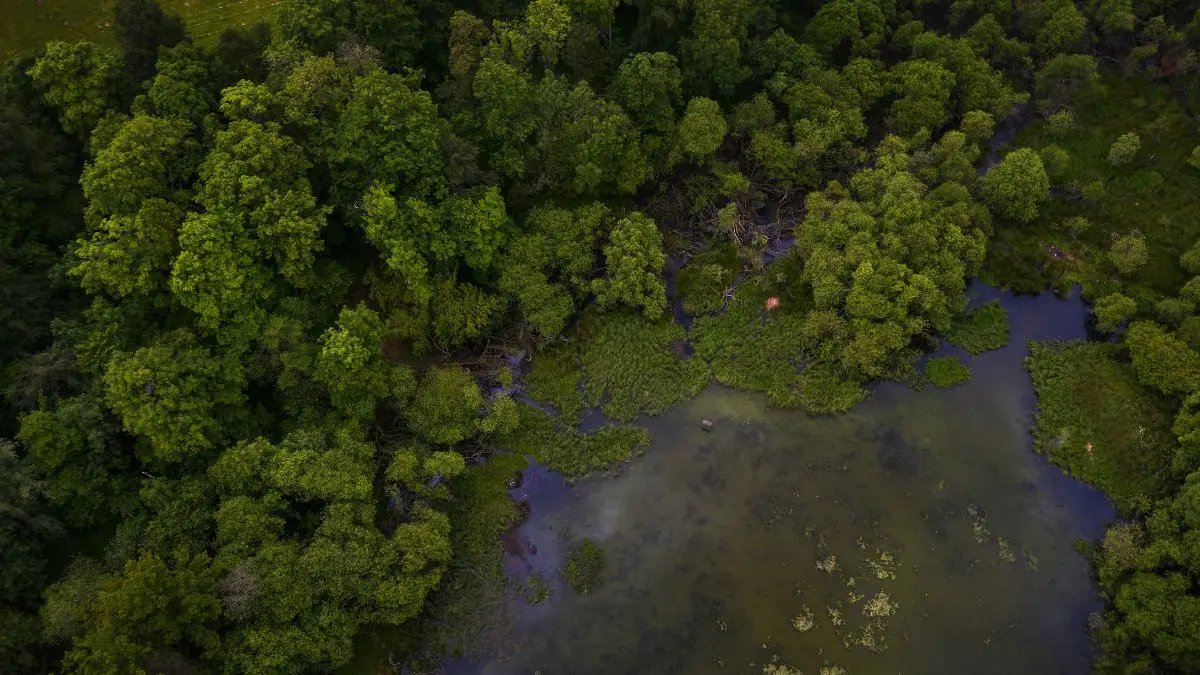
The fundamental tension lies between democratic access to public lands and environmental protection. While everyone theoretically has the right to visit public beaches, some places can’t handle public access without losing what makes them worth visiting.
This creates ethical questions about who gets to experience pristine natural places and whether sharing discoveries is environmental activism or environmental destruction.
Despite the controversy, you deserve to know the truth about where this place exists and how to find it—but only if you’re willing to follow strict guidelines that protect what makes it special.
3. The Exact Location and How to Get There Responsibly
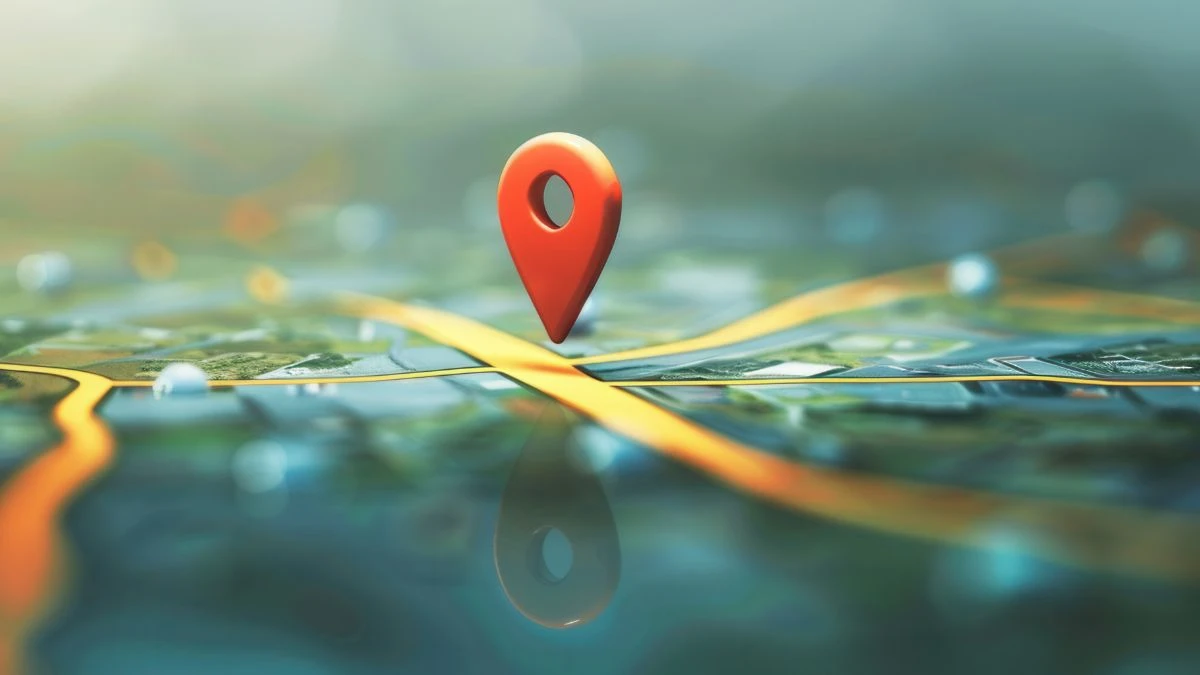
After much consideration, here’s exactly where to find this hidden beach America has somehow preserved: Point Reyes National Seashore’s Alamere Falls Beach in Northern California. But before you grab your keys, understand that reaching this secret beach locations requires serious preparation and absolute commitment to environmental protection.
Specific Location and Access Route
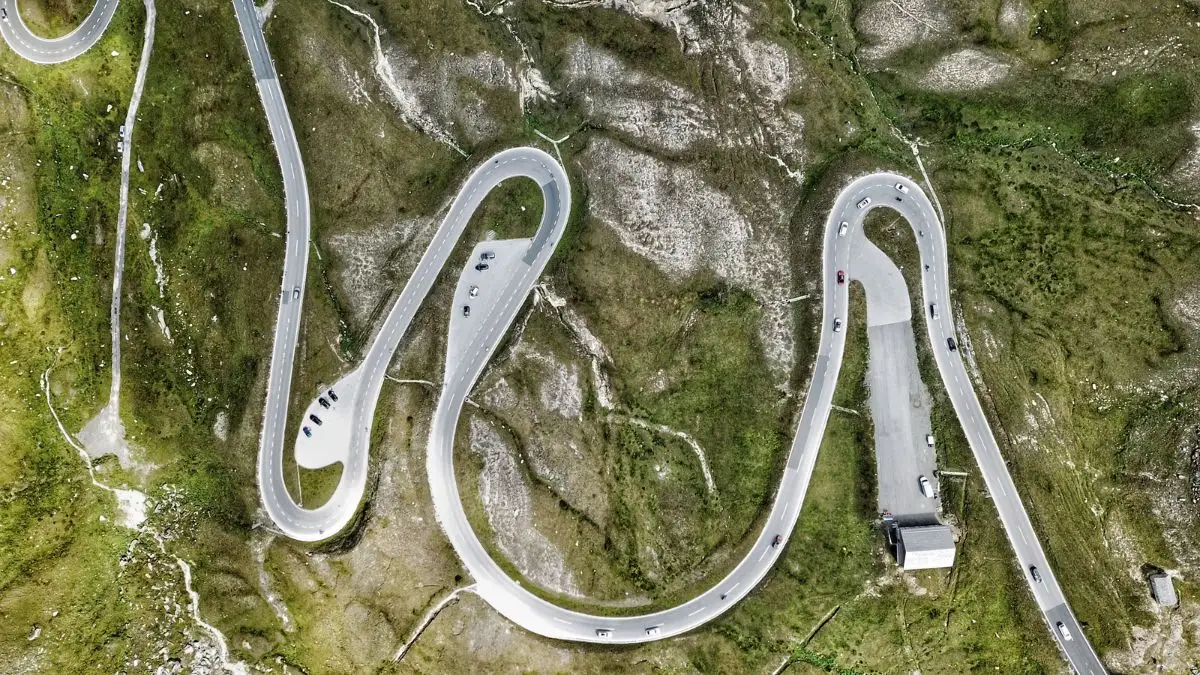
The trailhead begins at the Palomarin parking area, accessible via Mesa Road from Highway 1. From there, the Coast Trail leads 3.2 miles to the beach through challenging terrain that includes stream crossings, loose rock sections, and steep coastal bluffs.
The final descent to the beach requires scrambling down a 200-foot cliff face with no maintained trail. This isn’t hiking—it’s basic rock climbing that demands experience with exposed terrain and route-finding skills. Many hikers turn back at this point, which is exactly why the beach remains pristine.
Critical Access Requirements:
- 4WD or high-clearance vehicle recommended for the final 2 miles to Palomarin
- GPS coordinates: 37.9367° N, 122.7233° W (parking area only)
- No cell service available once you leave the main highway
- Emergency evacuation from the beach requires helicopter rescue
Required Physical Fitness and Skills

This isn’t a casual beach walk. The 3.2-mile trail demands solid hiking experience and above-average fitness levels. You’ll gain and lose over 500 feet of elevation through loose sand, rocky terrain, and stream crossings that can be dangerous during high water.
The cliff descent requires basic climbing skills including three-point contact technique, route assessment, and comfortable exposure to heights. If you’ve never scrambled down loose rock faces, this isn’t the place to learn. Several hikers require rescue here annually because they underestimate the technical demands.
Physical Requirements:
- Ability to hike 6+ miles on challenging terrain
- Comfortable with heights and exposed cliff sections
- Experience with off-trail route finding and navigation
- Upper body strength for cliff descent and ascent
Timing Your Visit for Minimal Environmental Impact
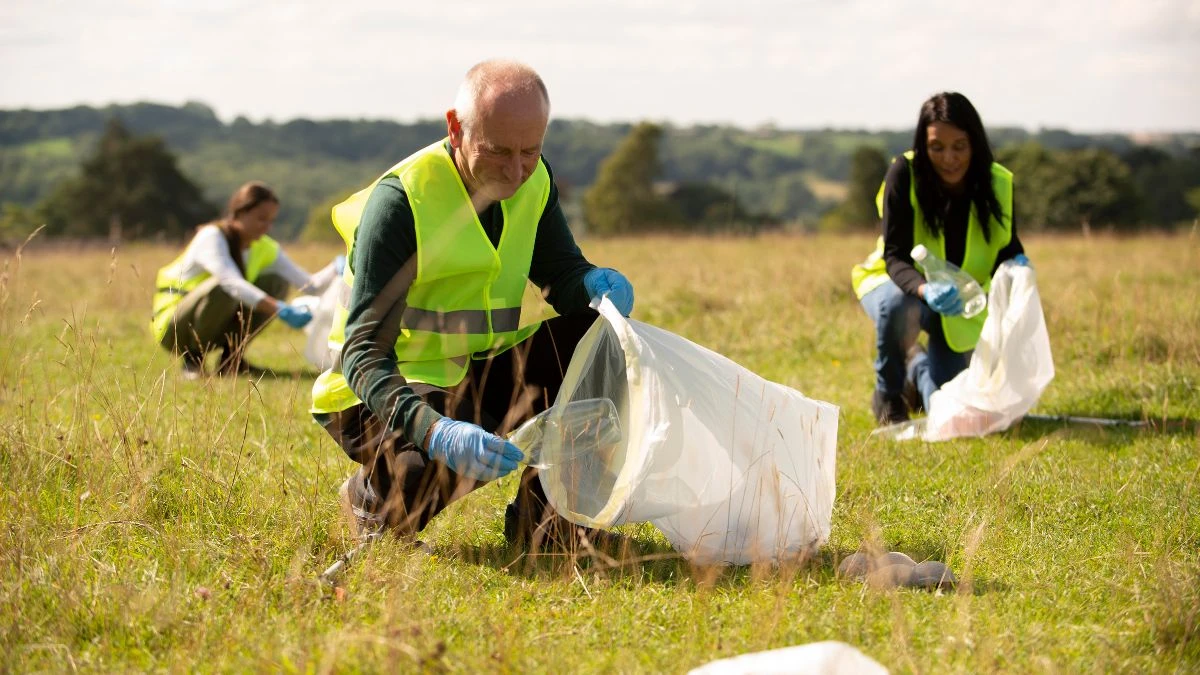
Tide timing is critical for safe access and environmental protection. Visit only during low tide windows, which provide the safest beach access and reveal tide pools without disturbing marine life during feeding times.
Optimal Visiting Conditions:
- Low tide periods only (check NOAA tide charts)
- Weekdays during off-season months (November through March)
- Avoid weekends and holidays to minimize cumulative impact
- Weather windows with light winds and clear visibility
- Never visit during storm conditions or high surf warnings
Seal pupping season (March through July) requires extra caution to avoid disturbing marine mammals protected under federal law.
Leave No Trace Principles for This Location
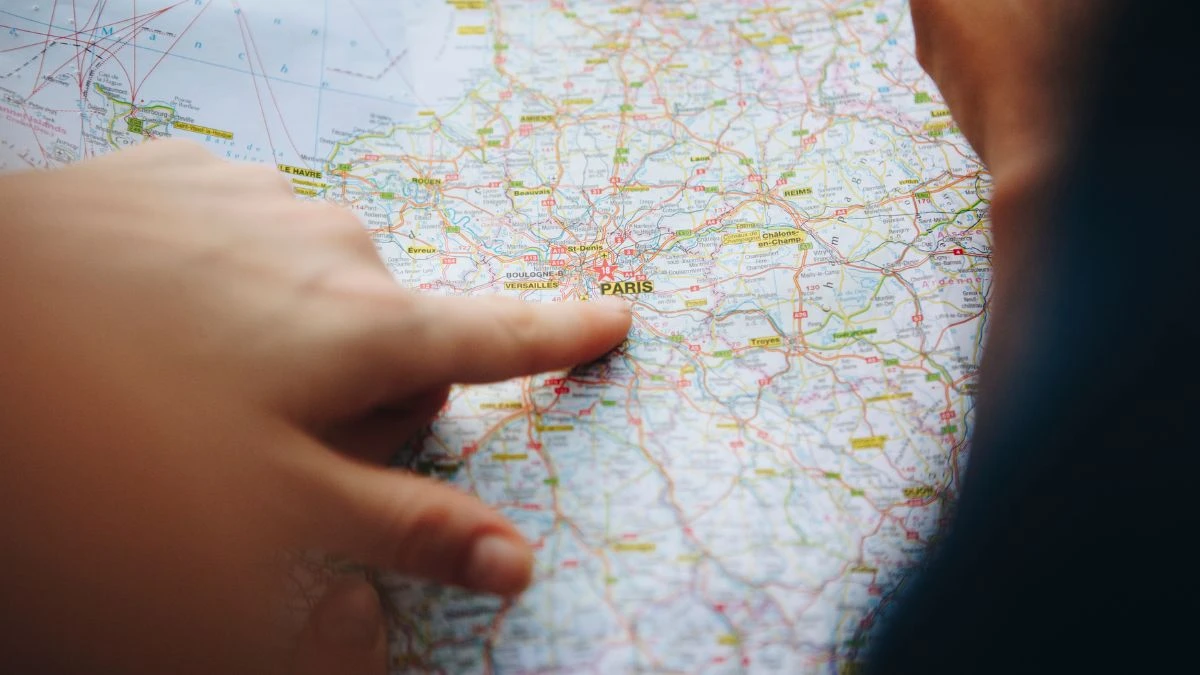
This fragile environment requires strict adherence to Leave No Trace principles, with additional precautions specific to this ecosystem. Every visitor’s impact is magnified because so few people visit annually.
Critical Environmental Protocols:
- Pack out all trash including organic waste like fruit peels
- Stay on established paths during the approach hike
- Never approach or disturb marine wildlife or nesting birds
- Camp only in designated areas if staying overnight
- Use established fire rings only where permitted
- Respect vegetation by avoiding walking through sensitive plant communities
Take only photographs and leave only footprints—but even footprints should be minimized in sensitive dune and vegetation areas.
What makes this beach extraordinary isn’t just its secrecy—it’s the unique natural features that have survived because of that protection.
4. What Makes This Hidden Coastal Destination So Special
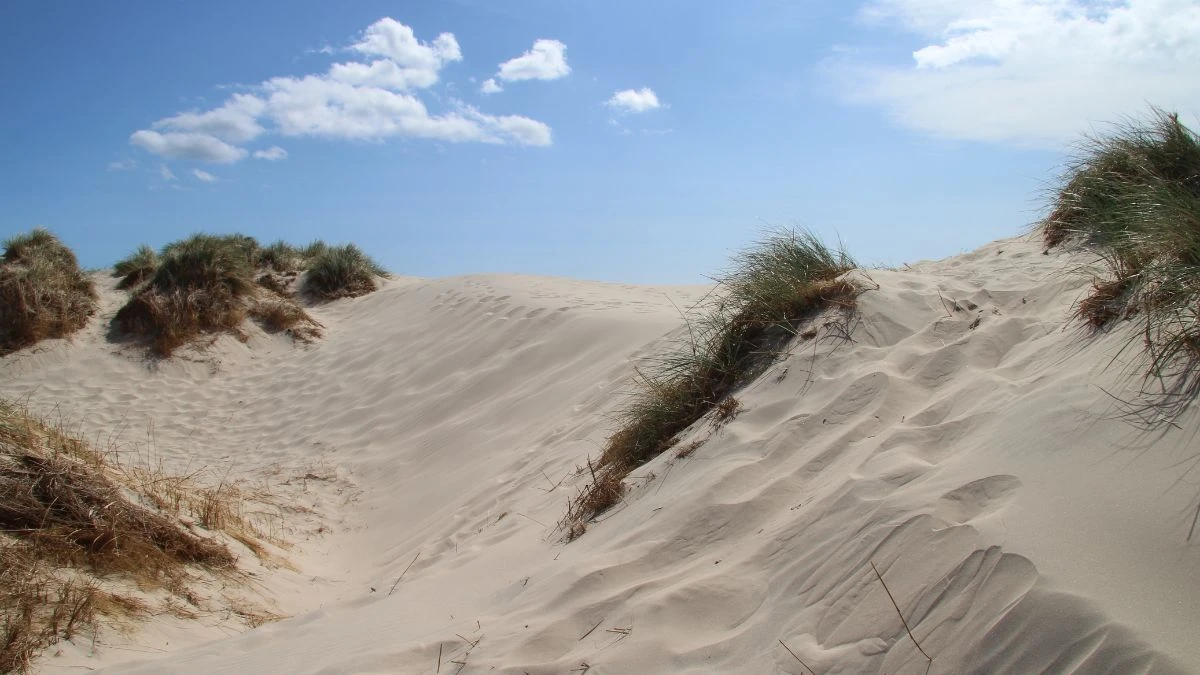
Standing on this pristine sand, you understand immediately why locals fight so hard to protect it. This isn’t just another pretty beach—it’s a complete ecosystem that represents what California’s coast looked like before development changed everything. The combination of unique geology, thriving wildlife, and perfect natural lighting creates something genuinely irreplaceable.
Wildlife Viewing Opportunities Rival Any Nature Reserve
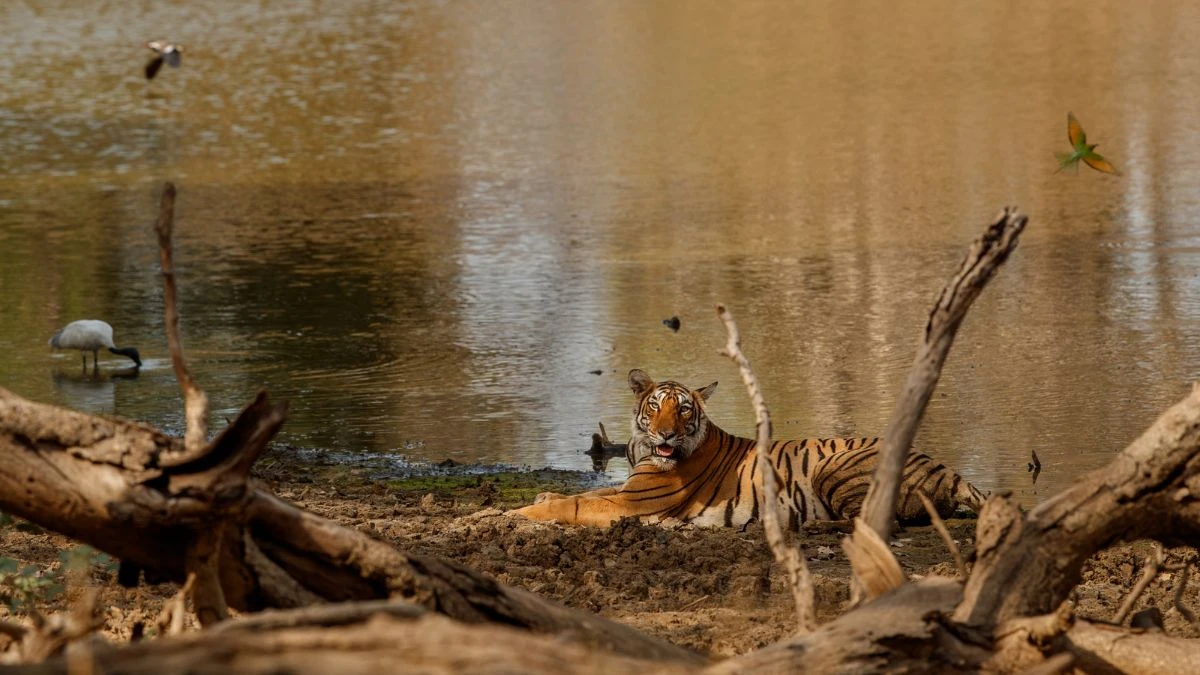
Harbor seals use this beach as a pupping ground, with mothers nursing pups on the sand from March through July. Because human disturbance is minimal, the seals show natural behaviors rarely visible at more accessible beaches.
Brown pelicans, cormorants, and great blue herons fish in the shallow waters without fear of human interference. During migration seasons, this area serves as a critical stopover for shorebirds traveling the Pacific Flyway.
The surrounding cliffs support nesting sites for endangered species that have disappeared from more developed coastal areas. Watching these wildlife populations thrive demonstrates the conservation value of keeping some places truly wild.
Photography Conditions That Rival International Destinations

The western exposure creates perfect lighting conditions for coastal photography. Golden hour light reflects off the waterfall and illuminates the sea stacks, creating scenes that rival the famous beaches of Big Sur or the Amalfi Coast.
Unlike crowded tourist beaches where photographers compete for shots, this hidden coastal destinations offers unlimited composition opportunities without human intrusion. The natural amphitheater creates dramatic framing, while the waterfall provides a unique focal point absent from most coastal photography locations.
Morning fog rolling over the cliffs creates ethereal conditions that change minute by minute, offering dynamic photography opportunities throughout extended shoots.
International Beach Comparisons
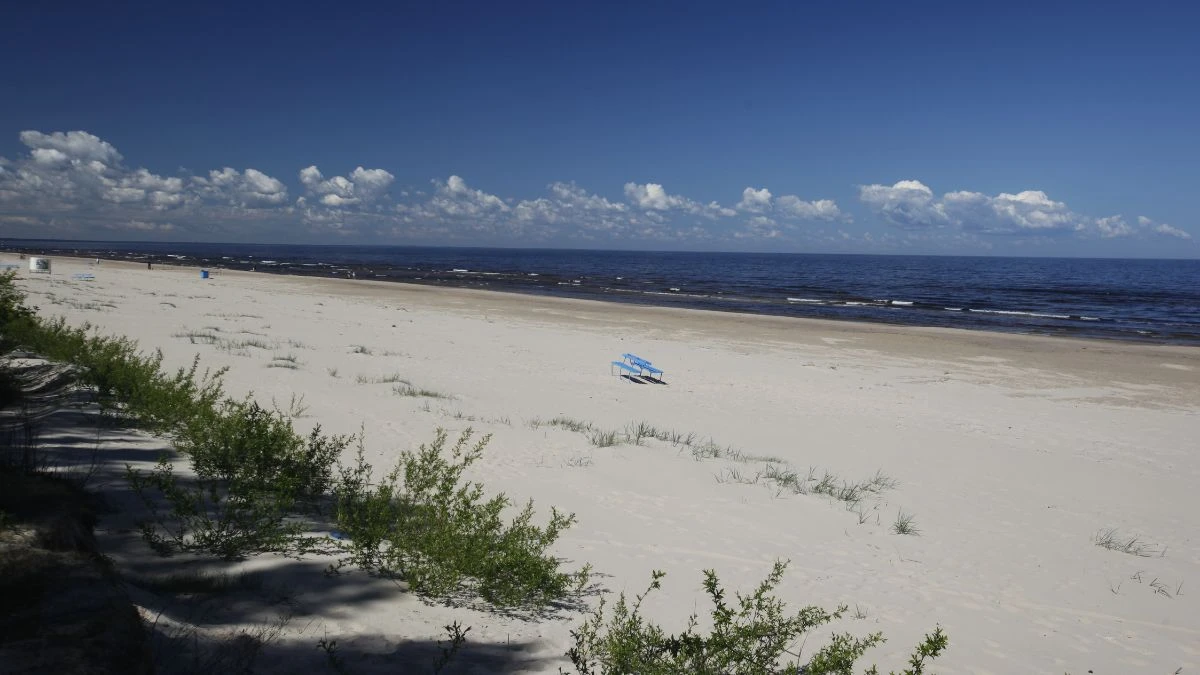
This beach rivals Portugal’s Praia da Ursa for dramatic cliff settings, but without the crowds that have discovered that European destination. The waterfall element creates uniqueness that even famous beaches like Thailand’s Maya Bay or Greece’s Navagio Beach can’t match.
The wildlife viewing opportunities exceed what you’ll find at most international beaches, where development has displaced natural animal populations. The combination of pristine sand, dramatic geology, and thriving ecosystems creates experiences typically requiring expensive international travel.
Why Development Has Never Reached This Area
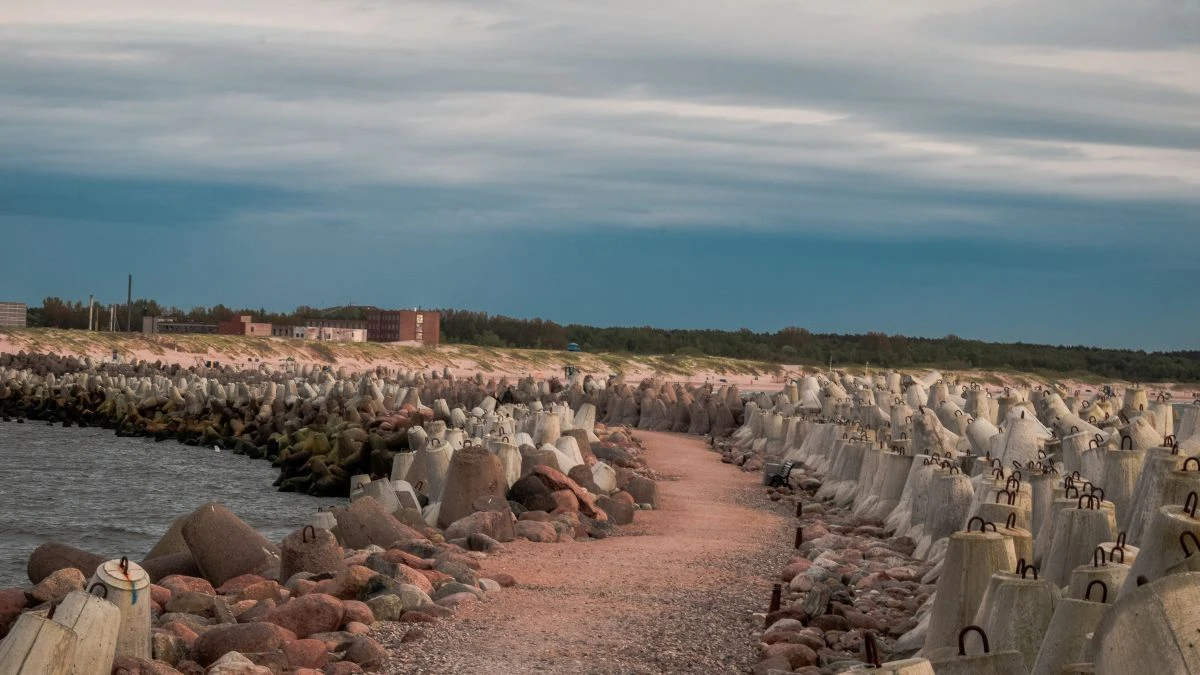
Point Reyes National Seashore’s federal protection prevents commercial development, but the real protection comes from access difficulty. The remote location, challenging trail, and technical cliff descent create natural barriers that have prevented the infrastructure development that typically follows tourist discovery.
Local zoning restrictions and community resistance have prevented road improvements or facility construction that would make mass tourism possible. The area remains deliberately undeveloped, preserving the natural conditions that make it extraordinary.
This natural perfection is exactly why sharing these undiscovered beaches USA feels so complicated—and why every visitor bears responsibility for preserving what makes this place irreplaceable.
5. The Ethics of Sharing Secret Natural Places
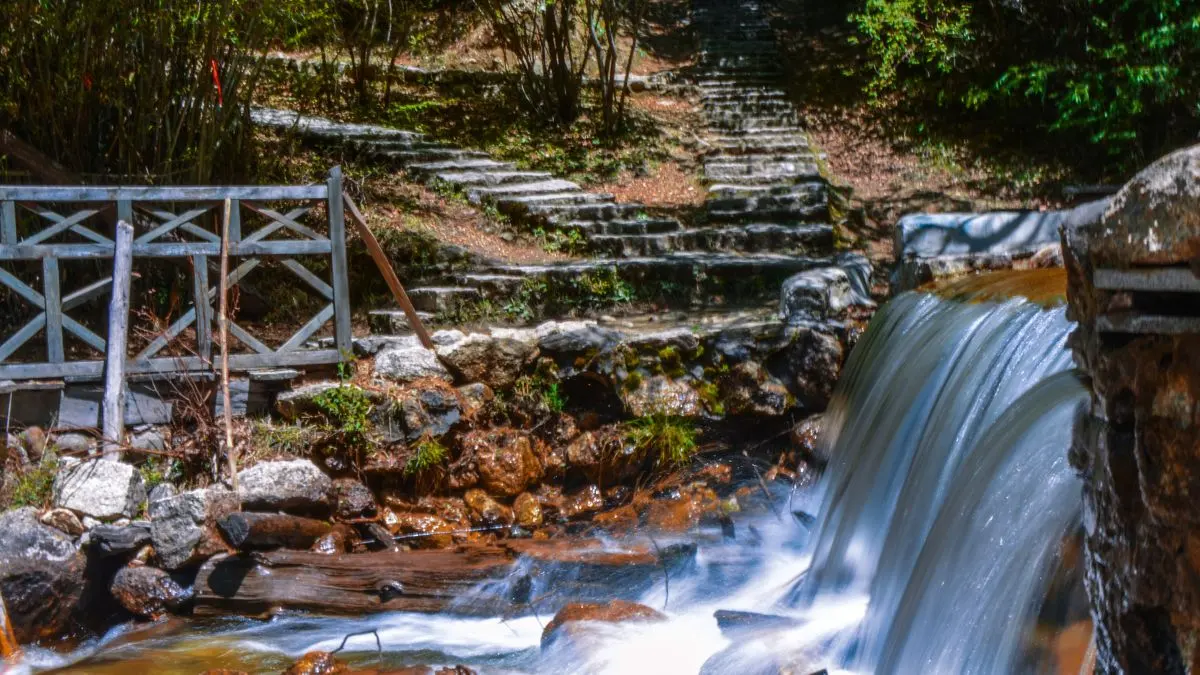
Every traveler who seeks hidden places faces this moral dilemma: do we have the right to share discoveries that communities have protected for generations? The answer isn’t simple, but it demands honest consideration of consequences beyond our own adventure experiences.
Balancing Democratic Access with Environmental Protection

Public lands belong to all Americans, creating fundamental rights to access natural places. But some ecosystems can’t handle public access without losing what makes them worth visiting. This creates tension between democratic principles and environmental reality.
The solution isn’t keeping places completely secret—it’s sharing them responsibly with people committed to preservation. Secret beach locations can handle small numbers of educated visitors who understand their environmental responsibilities.
How Increased Visitation Destroys Fragile Ecosystems

Ecological carrying capacity represents real limits, not arbitrary restrictions. Studies show that pristine coastal environments begin showing damage with as few as 100 visitors annually in sensitive areas.
Trampling destroys dune vegetation that prevents erosion. Wildlife abandons areas with regular human presence. Waste accumulation overwhelms natural systems designed for occasional disturbance. These impacts become irreversible once they reach critical thresholds.
Alternative Approaches to Discovery

Instead of seeking viral social media content, consider developing relationships with local conservation groups who can guide responsible access. Many hidden places offer volunteer opportunities that provide authentic experiences while supporting preservation.
Adopt a “one person, one place” philosophy—for every secret location you visit, commit to protecting another through volunteer work or financial support. This creates positive conservation outcomes rather than just extracting experiences.
Personal Responsibility for Shared Discoveries

Sharing secret beach locations creates personal responsibility for resulting impacts. Every visitor who finds a place through your information becomes part of your conservation legacy.
Share locations only with individuals who demonstrate environmental commitment through their travel history and conservation involvement. Provide complete impact information alongside access details. Follow up to ensure responsible practices.
The choice to share hidden places isn’t just about access rights—it’s about accepting responsibility for preservation outcomes that affect future generations.
Despite the risks and ethical considerations, these hidden coastal destinations offer transformative experiences for travelers committed to environmental stewardship and responsible access practices.

